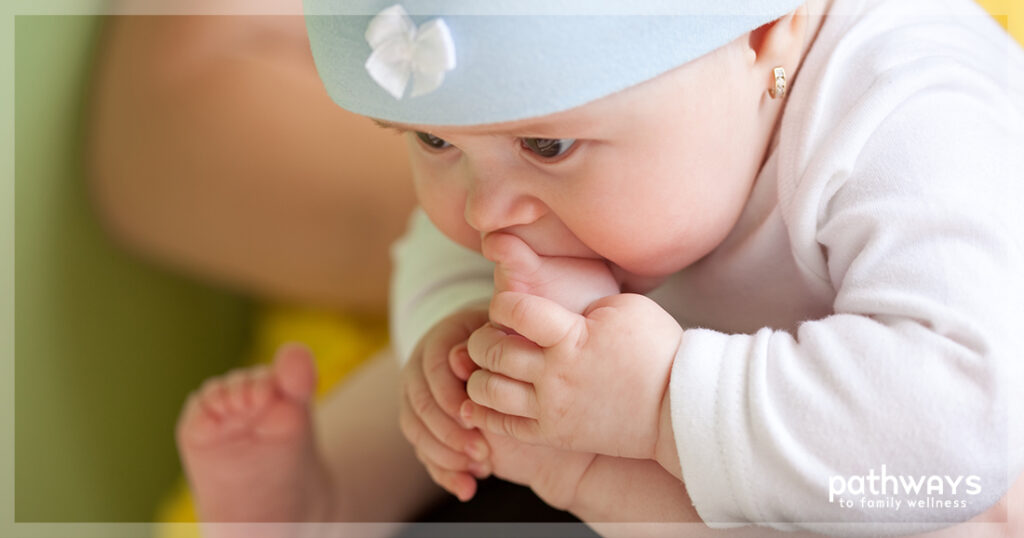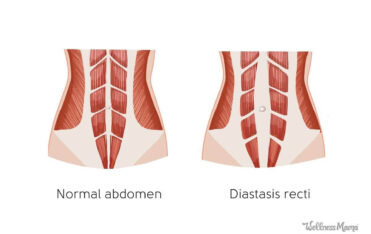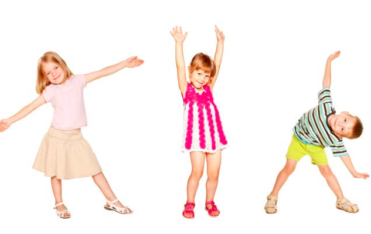Ever wondered about shoes…
As the weather warms up and it’s great being outdoors, kids start kicking off their shoes and running around barefoot. My little guy will not keep his shoes on…he will leave the house with them and then within a minute kicks them off somewhere and runs around the rest of the day without them. Now some of you may relate to this and others may think it’s crazy but let’s talk more about being barefoot and the benefits to it!
You might be surprised to learn that there’s scientific evidence that barefooted is better. Among other things, bare feet are important to the development of the nervous system and the brain! Turns out the feet are the most nerve-rich parts of the human body, which means they contribute to the building of neurological pathways. Covering them in shoes, therefore, means we’re eliminating all kinds of opportunities for children’s brains to grow new neural connections.
Of course, worry keeps parents and teachers from setting children’s feet free. One common concern is that kids will contract germs by going barefoot. But our skin is designed to keep pathogens out. We’re much more likely to become ill from touching something with our hands, which are in contact with so many things (including our mouths) during the course of a day, than we are from going barefoot. I’d hate to think we’d keep kids in gloves all day to prevent germs!
There’s also concern about injury. But being barefoot actually toughens up the bottom of the feet, so unless children are walking through a construction site, the likelihood that they’ll injure themselves is slim.
The truth is, many podiatrists contend that shoes can be much more harmful to little feet than barefootedness can. Feet should be allowed to develop naturally, not conform to the shape of a shoe. Also, shoes can often constrict movement of the feet, and can negatively impact walking, balance, sensory development, and proprioception (the understanding of our body’s orientation in the space around us).
If you’re worried about the potential chaos of many children shedding shoes and socks at the same time, you can establish and practice routines for removing and retrieving footwear. Socks should be put inside shoes, and shoes lined up against a wall or placed in each child’s cubby. And should you have children who are reluctant to remove shoes and socks, you can encourage them with concepts like “barefoot time” or, for toddlers, “tippy-toe time.” They’ll also become more enthusiastic about bare feet if you remove your shoes and socks as well.
If you still face reluctance (and even if you don’t!), offer them unique sensory experiences to enjoy. You can fill plastic bins with a variety of different textures, including water, soapy water, sand, leaves, grass, and more. There are videos online that show examples of this. It would be the rare child who’d pass up temptations like those
Now, I also understand that we live in Minnesota and we can’t be barefoot all the time. There are also places it obviously isn’t appropriate to be barefoot so here is what I do when I’m looking at shoes for my kids…
When I’m looking at shoes for my kids, I always check to see how flexible the sole is. If it’s to hard, we don’t buy it…kids feet need to move! We also avoid heels in our kids shoes, which now that you are aware that that is a thing to be avoided…you’ll have a very hard time finding a shoe without one! It’s crazy how most kids shoes have a heel built in! I avoid heels because of how it tightens up their calves and pitches their posture forward immediately. Poor posture creates so many problems and heeled shoes lead the way as one of the biggest causes…something to think about…
Check out this article below from our Pathways to Family Wellness magazine that goes more into why it’s important to shed the shoes and get kids barefoot! I think you’re going to like it… 🙂





 She’s a Mom, has Doctorate in Chiropractic and loves helping people move from pain back to a healthy and active lifestyle.
She’s a Mom, has Doctorate in Chiropractic and loves helping people move from pain back to a healthy and active lifestyle.
This is a great content! Cant wait to read more of your blogs. Cornerstone Chiropractic